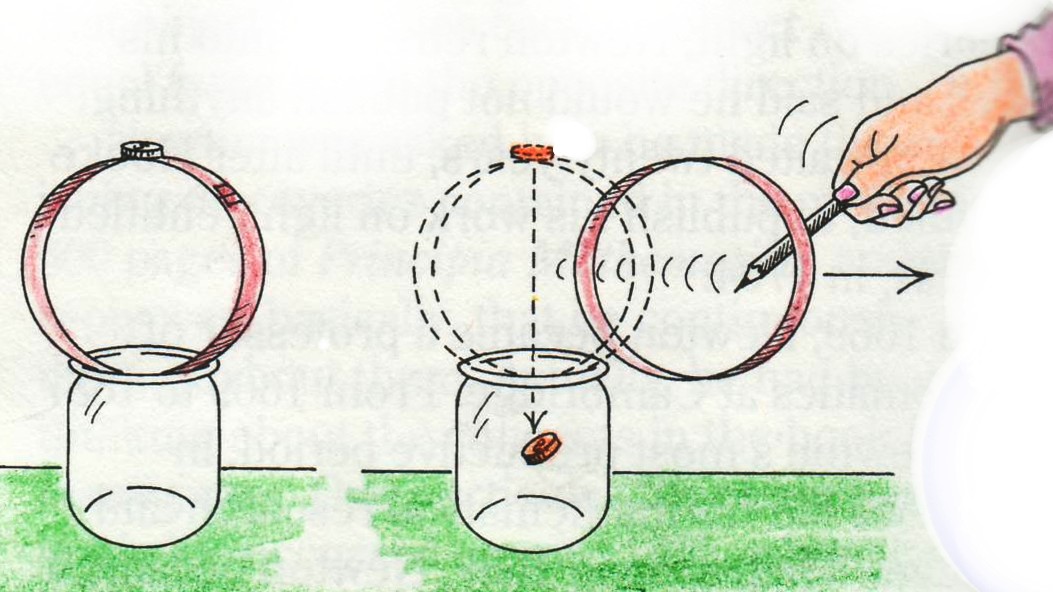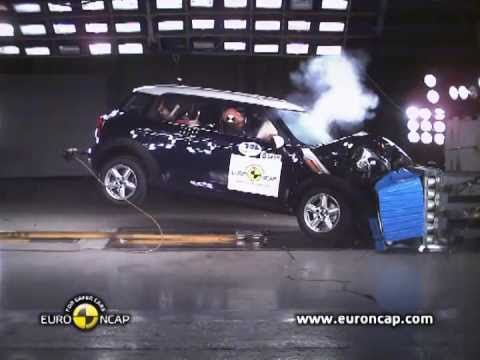Physics:
Car Collisions

Basic
Concepts
Before we dive
into the physics with car collisions we need to
understand a few basic concepts of physics: Inertia,
Newtons 3 laws of motion, momentum, impulse, kinetic
energy.
Inertia: is the tendency of an object to stay at rest or in motion.
Example:

http://scienceprojectideasforkids.com/2010/inertia-science-magic/
From Galileo's idea of inertia, Newton came up with his first law of motion.
Newton's first law (law of inertia) states that:
An object in motion will stay in motion unless a force acts upon it. Also, a body at rest has a tendency to stay at rest unless a force acts upon it.
This means in an ideal world an object set in motion will continue to move in uniform velocity until a force acts upon it. These forces are usually gravity and friction.
(This law only holds true in inertial reference frames, which most fixed reference frames on Earth are. It excludes accelerating reference frames called non-inertial frames.)
Newton's second law:
F=MA
The acceleration of an object is directly
proportional to the net force acting on it and
inversely proportional to its mass.
This means that when two objects with the same mass are given the same force they will accelerate at the same rate (in an ideal world, excluding forces such as friction). However, if you want objects of different masses to accelerate at the same rate than the amount of force applied will need to change. The picture below demonstrates equal forces on varying masses and its effects on acceleration rate.
This means that when two objects with the same mass are given the same force they will accelerate at the same rate (in an ideal world, excluding forces such as friction). However, if you want objects of different masses to accelerate at the same rate than the amount of force applied will need to change. The picture below demonstrates equal forces on varying masses and its effects on acceleration rate.

http://hyperphysics.phy-astr.gsu.edu/hbase/newt.html
Newton's third law:
For every action there is an equal and opposite reaction.
That is when one object pushes (force) against a second object, that second object exerts an equal force back onto the first object.
For example, to make a car move the tires need friction on solid ground. If a car was on a solid lake of ice it would not be able to move forward because there is no reaction friction force pushing against the tire in the opposite direction. Friction on the ground to the tires is what makes the car propel forward.

http://knowledgeyatra.com/?page_id=197
Momentum
Momentum
P=M*V
Momentum is equal to mass
times velocity, it directly proportional to an objects
mass and its velocity.
Impulse

Impulse
http://www.physicsclassroom.com/class/momentum/u4l1b.cfm
http://access.aasd.k12.wi.us/wp/baslerdale/2011/01/14/what-makes-a-car-safe/
An impulse is a change
in momentum and in a car collision the car or cars
experience a force for a certain amount of time that
changes its momentum.


http://access.aasd.k12.wi.us/wp/baslerdale/2011/01/14/what-makes-a-car-safe/
Kinetic
Energy : is energy
resulting from motion and is given in the formula:
KE=1/2 * m* v²
Any object that is in motion has kinetic energy and
when looking at car collisions we will be looking at
specifically translational kinetic energy.